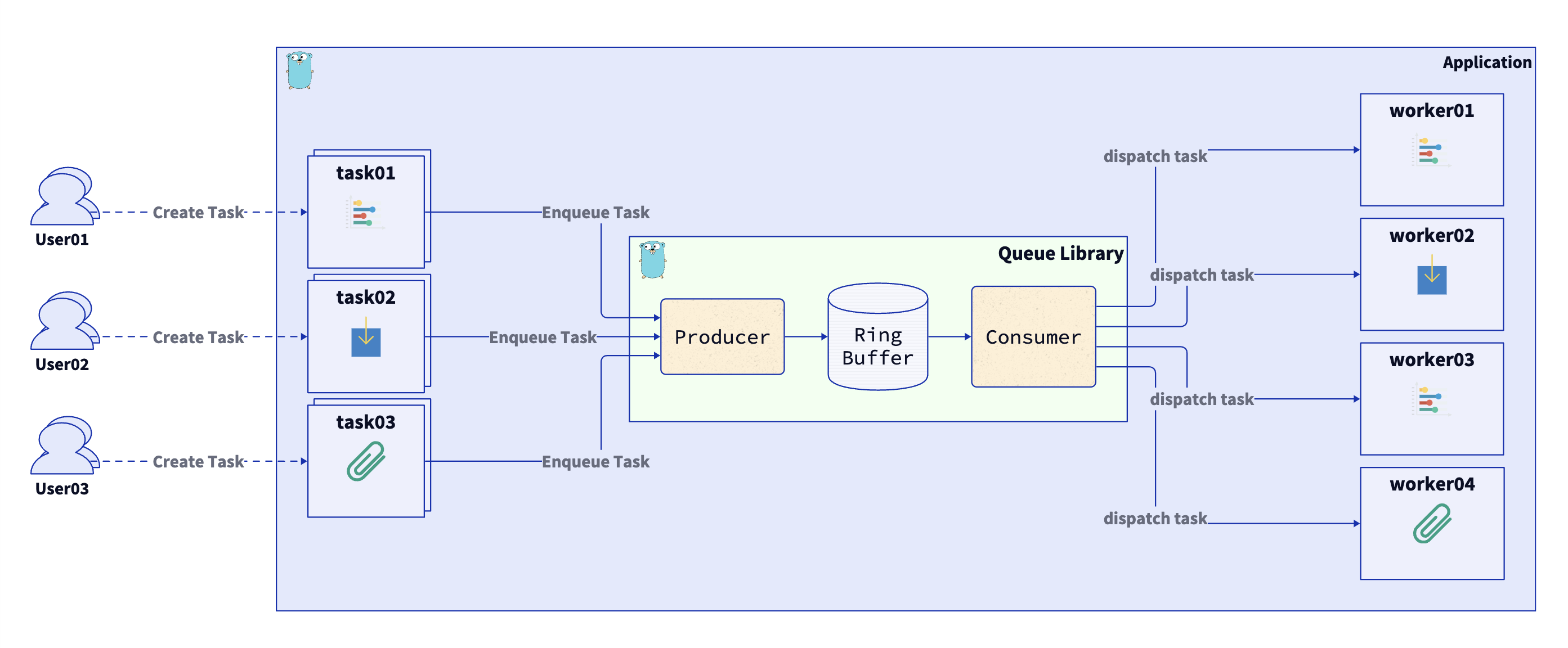The content provided is a structured guide for setting up and using the `python-twitter` API client. Below is an analysis of the content while maintaining the original paragraph structure:
—
**python-twitter**
The content is focused on the `python-twitter` library, which is an API client for interacting with Twitter’s services programmatically using Python.
—
**latest**
This section likely refers to the most recent version or updates of the `python-twitter` library, though no specific details are provided in the content.
—
**Installation & Testing**
This section is likely dedicated to instructions on how to install the `python-twitter` library and run tests to ensure it is functioning correctly. However, no specific details are included in the provided content.
—
**Getting Started**
This is the main section of the guide, providing step-by-step instructions for setting up and using the `python-twitter` API client.
—
**Getting your application tokens**
This subsection explains the necessity of acquiring application tokens (`consumer_key` and `consumer_secret`) to use the `python-twitter` API. It also notes that the process may change due to updates by Twitter and encourages users to contribute updates via GitHub if they notice discrepancies.
—
**Create your app**
This part of the guide instructs users to create a Twitter App by clicking the “Create New App” button and filling out the required fields. It mentions that Twitter will flag any issues with the provided information and emphasizes the importance of getting the app name correct, as it may not be editable later.
—
**Your app**
Once the app is created, users are directed to a new page displaying information about their newly created Twitter App.
—
**Your Keys
Source: Getting Started — python-twitter 3.4.2 documentation
